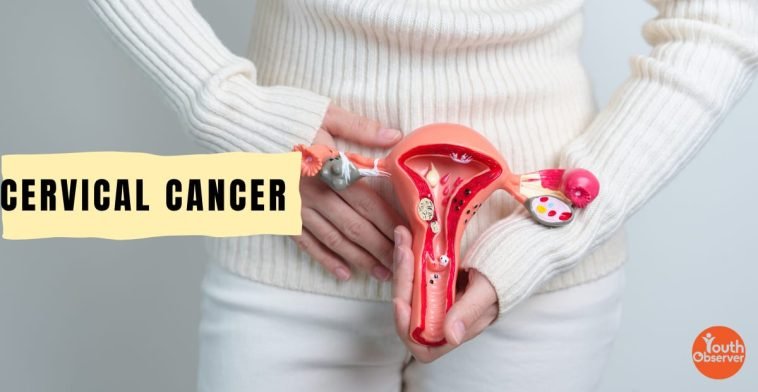Cervical cancer remains a significant health concern, affecting women globally. Despite its prevalence, there is hope in prevention and early detection. Understanding the importance of timely intervention is crucial in the fight against this silent threat.
Prevention Strategies: Guarding Against Risks
- Vaccination Campaigns: Vaccines such as the HPV vaccine play a pivotal role in preventing cervical cancer. Awareness campaigns and accessible vaccination programs are vital in ensuring widespread protection.
- Health Education: Empowering women with knowledge about risk factors, safe practices, and regular screenings can significantly contribute to preventing cervical cancer. Community outreach and educational initiatives are essential components.
Early Detection: A Lifesaving Approach
- Regular Pap Smears: Routine Pap smears are fundamental in detecting abnormal changes in cervical cells. Encouraging regular screenings, especially for women within the recommended age range, is key to identifying issues early on.
- HPV Testing: Human Papillomavirus (HPV) testing is another crucial component of early detection. Regular screenings can identify high-risk HPV strains linked to cervical cancer, enabling timely intervention.
Access to Healthcare: Bridging Gaps
- Ensuring Accessibility: Efforts should be made to enhance accessibility to healthcare services, particularly in underserved communities. Mobile clinics, awareness camps, and affordable screening options can bridge gaps in healthcare access.
- Encouraging Regular Check-ups: Encouraging women to prioritize regular gynecological check-ups fosters a proactive approach to cervical health. Removing barriers and promoting a culture of preventive healthcare is essential.
The Role of Technology: Innovations in Healthcare
- Telehealth Services: Embracing telehealth services facilitates easier access to consultations and advice, especially in remote areas. Telehealth can play a crucial role in providing guidance on cervical health.
- Digital Health Platforms: Leveraging digital platforms for awareness campaigns and information dissemination can empower women with the knowledge needed for self-care and proactive health management.
Conclusion: Collective Action for a Cervical Cancer-Free Future
In the battle against cervical cancer, prevention and early detection are powerful weapons. By fostering awareness, ensuring access to screenings, and leveraging technological advancements, we can collectively strive towards a future where cervical cancer is not just treatable but preventable. Prioritizing women’s health through education and accessible healthcare services is the key to a cervical cancer-free world.

